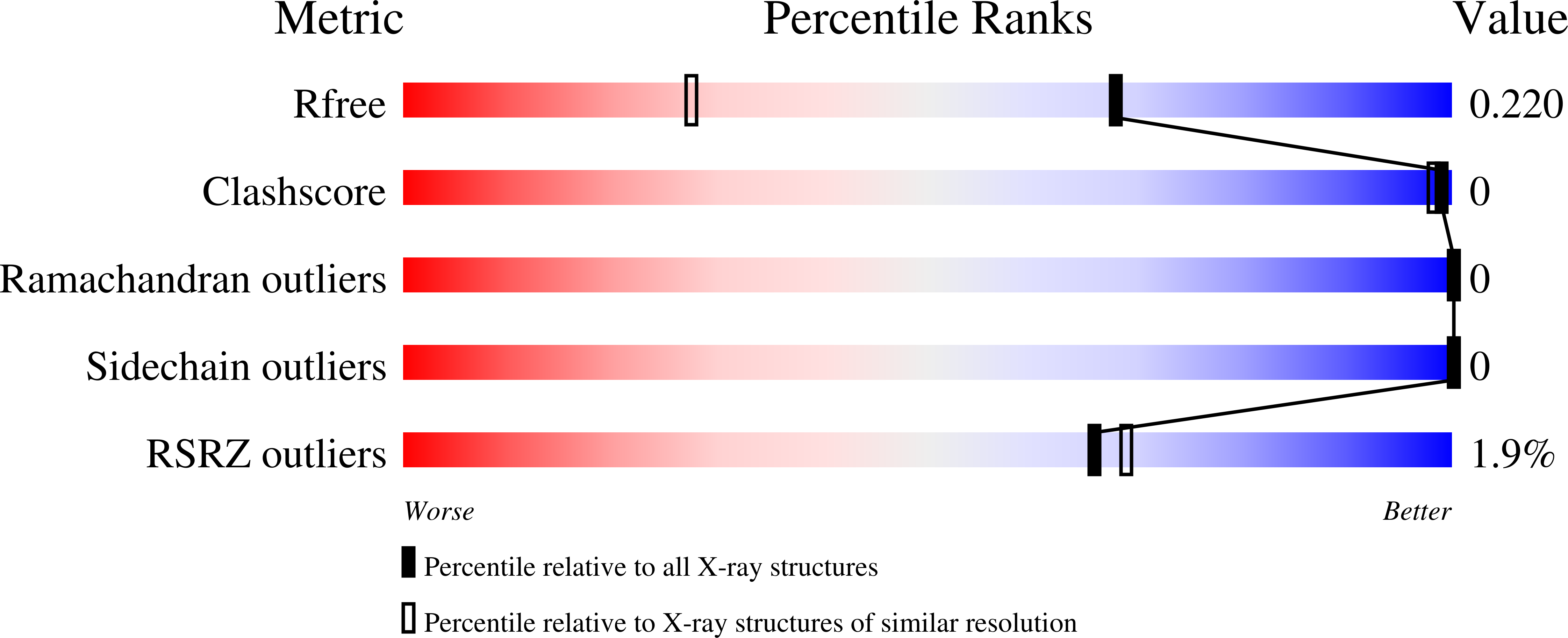
Deposition Date
2024-07-09
Release Date
2025-06-04
Last Version Date
2025-11-05
Entry Detail
PDB ID:
9CKT
Keywords:
Title:
X-ray diffraction structure of papain co-crystallized with E-64
Biological Source:
Source Organism:
Carica papaya (Taxon ID: 3649)
Method Details:
Experimental Method:
Resolution:
1.50 Å
R-Value Free:
0.21
R-Value Work:
0.18
R-Value Observed:
0.18
Space Group:
P 21 21 21


